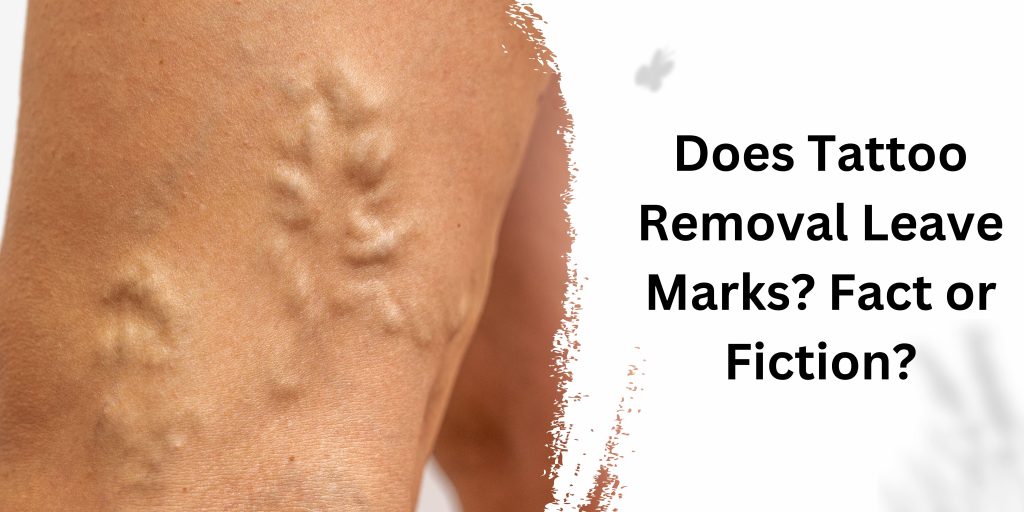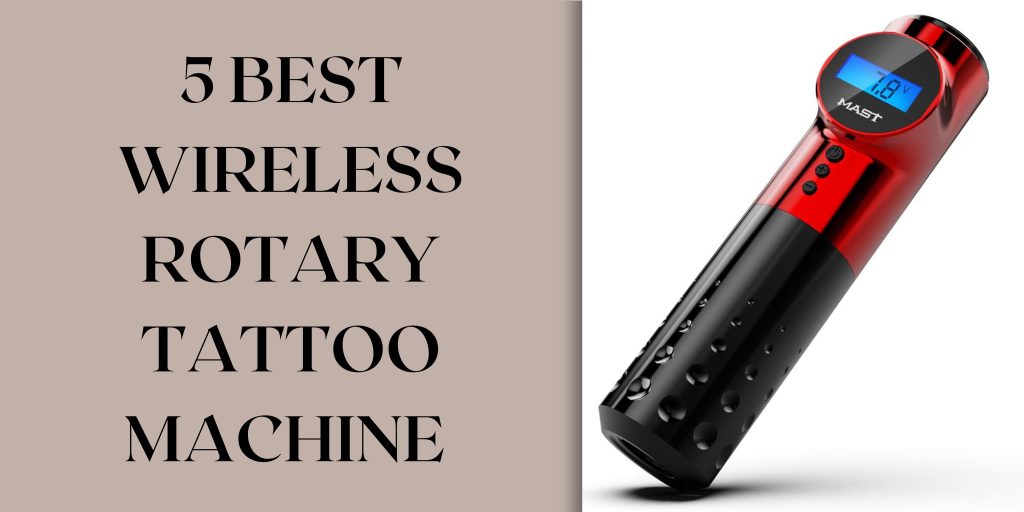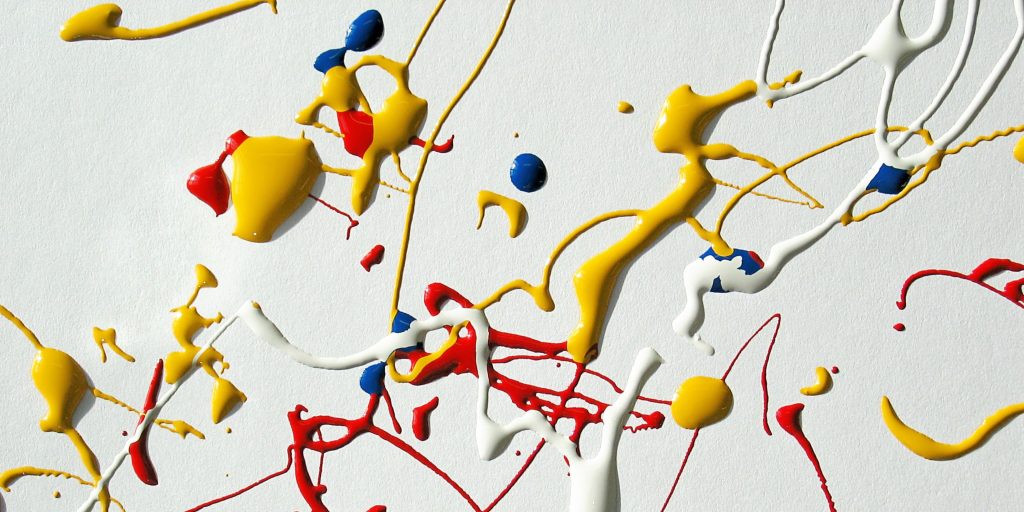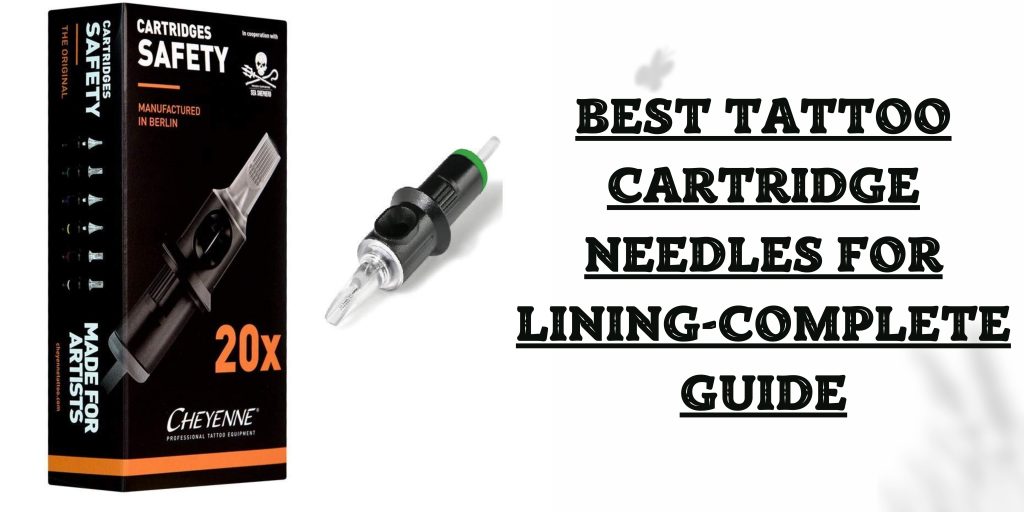Stretch marks, a canvas marked with stories of growth and change, have left many individuals pondering over a peculiar question Can you tattoo over a scratch? The desire to transform these marks into something beautiful, meaningful, or simply concealed has fueled the curiosity surrounding this topic. In this article, we embark on a journey through the world of skin artistry and explore the possibilities, risks, and benefits of tattooing over a scratch.
What are Stretch Marks?
Before diving into the art of tattooing over a scratch, let’s understand the canvas itself – stretch marks. These are streak-like scars that appear on the skin due to rapid stretching or shrinking of the dermal layer. They commonly occur during pregnancy, growth spurts, weight fluctuations, or as a result of hormonal changes. Stretch marks can vary in colour, texture, and size, ranging from pale white lines to reddish or purplish indents on the skin. While they are a natural part of life, some individuals seek ways to transform them into something more aesthetically pleasing.
How Does It Work?
Tattooing over a scratch involves injecting ink into the dermal layer of the skin, which is located below the epidermis. This layer contains collagen and elastin fibres, providing strength and elasticity to the skin. When stretch marks form, these fibres are disrupted, creating a scar-like appearance.
To tattoo over a scratch, a skilled tattoo artist carefully selects the appropriate ink colour and technique to blend the tattoo with the surrounding skin. The goal is to camouflage the stretch mark or transform it into a design that resonates with the individual. Achieving the desired result often requires several tattoo sessions, as the ink may not fully cover the scar in one sitting.
What are the risks of tattoos over a scratch?
While tattooing over a scratch can be a viable option, it’s important to be aware of the potential risks associated with this procedure. Here are some key considerations:

- Infection: Any tattooing procedure carries a risk of infection. Ensure that the tattoo artist follows strict hygiene practices and uses sterile equipment to minimize this risk.
- Scar Tissue: Existing stretch marks consist of scar tissue, which may not hold ink as well as healthy skin. This can result in uneven colouration and fading over time.
- Allergic Reactions: Some individuals may be allergic to tattoo ink, leading to skin irritation or allergic reactions. It’s crucial to perform an allergy test before proceeding with the tattoo.
- Pain and Discomfort: Tattooing can be painful, and the sensation may be more intense when working over scar tissue. Be prepared for discomfort during the procedure.
- Ink Migration: In some cases, tattoo ink may migrate beyond the intended area, causing blurred lines or unintended colour dispersion. Proper aftercare is essential to minimize this risk.
What are the benefits and Side Effects?

| Are There Any Side Effects | Benefits of tattoos over a scratch |
|---|---|
| Swelling: Mild swelling is common after a tattoo session and typically subsides within a few days. | Camouflage: Tattooing can effectively conceal stretch marks, helping individuals regain confidence in their appearance. |
| Redness and Irritation: The tattooed area may appear red and irritated for a short period, but this should also diminish within a few days. | Decorative Tattoos: Decorative tattoos incorporate stretch marks into the design, enhancing its aesthetic appeal. Common choices include floral patterns, abstract art, or geometric shapes. |
| Itchiness: As the tattoo heals, you may experience itchiness. Avoid scratching to prevent damage to the tattoo. | Empowerment: For some, getting a tattoo over a scratch represents a powerful act of reclaiming their body and embracing their imperfections. |
| Peeling and Scabbing: The tattooed area will go through a healing process, which may include peeling and scabbing. It’s essential to let this process occur naturally to ensure proper healing. | Long-lasting Results: When performed by a skilled artist and properly cared for, tattooed stretch marks can maintain their appearance for years. |
Which type of Tattoo is best for you?
Choosing the right type of tattoo for your stretch marks is crucial. Here are some popular options:
| Cover-up Tattoos | These tattoos are designed to completely conceal the stretch mark. They typically involve a larger design that hides the mark beneath the ink. |
| Decorative Tattoos | Decorative tattoos incorporate the stretch mark into the design, enhancing its aesthetic appeal. Common choices include floral patterns, abstract art, or geometric shapes. |
| Scar Tattoos | Some individuals choose to embrace their stretch marks as part of their journey. Scar tattoos may feature empowering words or symbols that celebrate growth and resilience. |
| Colour Selection | The choice of ink colour is essential. A skilled artist will select colours that blend seamlessly with your skin tone and the existing stretch mark colour. |
Conclusion
In the world of body art, the question “Can you tattoo over a scratch?” is met with a resounding yes. Tattooing over stretch marks offers a creative solution to transform these natural markings into something personally meaningful or beautifully concealed. However, it’s crucial to approach this process with careful consideration of the risks, side effects, and benefits.







